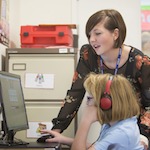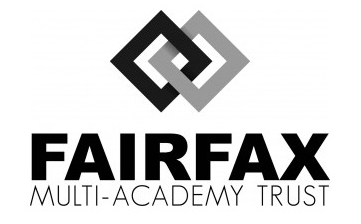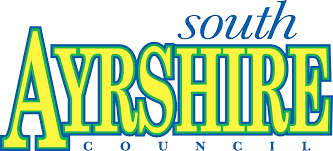
A teacher asked this question on Twitter:
What do you wish everyone knew about the provision of KS2 reading? What would you hope to see in a reading lesson / curriculum?
The influential author of The Art and Science of Teaching Primary Reading Chris Such replied:
In brief...
— Christopher Such (@Suchmo83) September 28, 2023
1. Develop fluency through repeated reading.
2. Get pupils reading lots.
3. Choose texts for their value and variety.
4. Read entire texts. Use extracts sparingly and purposefully.
5. Discuss texts to develop curious, appreciative and strategic dispositions.
Only a small percentage of teachers use the app 'X' and so we thought it might be useful to highlight his 5 points here. Let's go through these 5 points one by one.
1. Develop fluency through repeated reading.
Fluency is a vital component of reading. One might say it is the endgame of phonics. A fluent reader is liberated from effortful 'sounding out' and is free to focus on meaning and expression.
Measuring fluency is often done on a words per minute basis, but of course there are other aspects such as expression and punctuation. Tim Rasinski developed this useful rubric that helps teachers to gauge pupils' fluency.
Our understanding of Chris's point is that repeated reading leads to fluency. Reading again and again helps to get you there. Making time for this is important.
2. Get pupils reading lots.
You might think this is obvious, but there are often significant pressures on time in the KS2 classroom. Ensuring that there are sacrosanct blocks of time dedicated to reading is a way to secure a lot of reading, and to instil the habit of reading among KS2 pupils.
3. Choose texts for their value and variety.
Getting in to subjective territory perhaps, but our take on this is that really high quality writing - by writers from various backgrounds, times, and across many genres - offers the richest material.
Chris has kindly commented: "At the age at which most pupils are engaging with decodable books (profitably so, in my opinion), their experiences of texts that have been selected for for their content will primarily come from shared reading with teachers and other adults in the pupils' lives. There is a need for schools, especially at key stage 2, to consider the variety of perspectives, content, genres and text types that pupils read within reading lessons and across the wider curriculum."
Quite a few schools have thought about the novels in their curriculum. An area for consideration is the variety and quality of the other texts that are in their reading curriculum (i.e. poetry, journalism, myths, information texts, blogs, playscripts, etc).
4. Read entire texts. Use extracts sparingly and purposefully.
Depending on the text, an author has created something with a full narrative arc, careful development of characters, and has agonised over the structure. Extracts, which we consider very useful resources in their place, remove much of this structure and art from a text. Reading a full text, as part of a group who is also sharing the experience, is a powerful shared experience.
This sharing brings us neatly to Chris's fourth point.
5. Discuss texts to develop curious, appreciative and strategic dispositions.
Once you've been on a collective journey with your class, many rich discussions can ensue. This aspect of learning to read - the power of discussion - is a powerful tool in developing comprehension as it includes modelling things like questioning, you recall characters or events, you question motives and reasons both for characters actions and also the authors' choices, you activate prior knowledge - the list goes on.
Journey to the Source
Many teachers and many more children have benefited from Chris's generous sharing of knowledge. Making reading a pleasure is something we can all get behind, and we encourage you to check out Chris's twitter (or 'X') of you're on it, or have a read of his blog.








